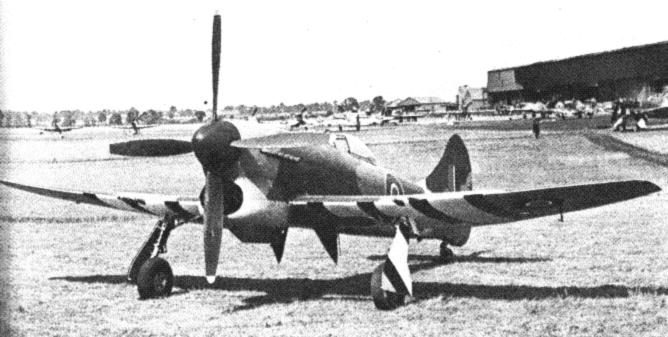MaryAnn wrote:They all argued that what I said just couldn't possibly be true.
Of course, I'm not saying that at all. I'm saying that the effect may be more a matter of the particular instrument than the basic open-bugle pitch. Horns have less design variability than tubas, and F is a lot farther from Bb than is C, of course.
But the proof of the pudding is in the tasting, not the recipe. You have observed something that you know is true but can't explain. I have heard an example where the blend between C tuba and Bb trombones was as good as anyone could hope for (the CSO low brass recording). What explains the divergent data points? I don't believe it can be laid at the door of Bb versus C in a general sense. There are too many countering examples. Thus, examples don't help much, even when they are a Martin Handcraft Bb tuba or a York C.
And I also challenged the notion that this is the result of some specific action or lack of action on the part of manufacturers. The accusation was made that they don't consider the overtones of the instrument, otherwise the instruments might be quite different than current models, and I disputed that. They may not consider them quantitatively, which would require knowing a lot that we don't know, but they do consider them qualitatively during R&D. Maybe sometimes they don't, and maybe they get lucky or the instrument they produce doesn't sell well and it fades into well-deserved obscurity. Or, maybe their objective isn't blend with trombones at all but something else. Or, maybe the craftsman has a tin ear. But the statement was made that manufacturers don't consider it, and I asked what they actually might do to consider it (unanswered).
I offered the observation that manufacturers might optimize a tuba for the use of an average amount of valve tubing, or attempt to even out the sound of the instrument even with the use of various valve combinations, such that a C tuba playing a Bb may produce overtones that blend better with trombones than a Bb tuba optimized for Ab. Then, I was told that it's not about good or bad, even though it was offered in defense of a particular (and presumably favorable) decision.
Question: Is the taper of a C tuba with the first valve branch in play so specifically a C tuba taper that it is by nature different from all Bb tubas played on the open bugle? I believe the answer is no. It is more likely yes, however, with horns, given that it takes a lot of additional tubing to turn a Bb horn into an F horn.
I'm really curious, and trying to goad Mitch, who obviously knows something useful, into clearly explaining it well enough to address the challenges.
Rick "adopting a standard confrontational academic approach with someone who demonstrates academic credentials in support of his statements" Denney












